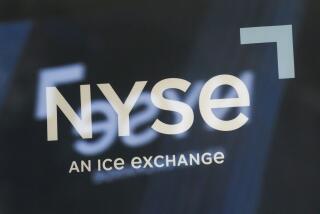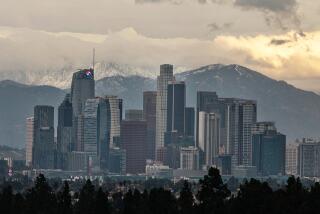Defaults on junk bonds stack up
The corporate junk bond market once again is living up to its name, as defaults continue to surge.
A total of 15 companies worldwide have defaulted on their bonds this month, triple the total in January 2008, according to Standard & Poor’s.
The casualties this month include Lyondell Chemical Co., cable TV firm Charter Communications and mattress maker Simmons.
All of the 15 were U.S. companies except one: Canadian telecom giant Nortel Networks.
Junk bond values crumbled last fall, driving yields sky-high, as investors began to anticipate a sharp increase in defaults because of the sinking economy and the credit crunch.
A total of 126 companies worldwide defaulted last year, up from just 22 in 2007. U.S. companies accounted for three-quarters of last year’s deadbeats, and most of the defaults occurred in the second half of the year.
Diane Vazza, who tracks corporate defaults for S&P;, says the firm is projecting 209 U.S. bond defaults this year, or an average of 17 a month.
As a percentage of the total U.S. junk market, that would mean 13.9% of the market would be in default in 12 months -- surpassing the previous peak rate of 12.5% in July 1991. S&P;’s data on the junk market go back to 1981.
Still, some investors have rushed to buy junk issues since mid-December, pushing bond prices up and yields down. The average annualized yield on an index of 100 junk issues tracked by KDP Investment Advisors has tumbled to 13.7% as of Monday from a peak of 17.7% on Dec. 12.
As yields have fallen, junk-bond prices have rebounded, giving the average junk bond mutual fund a total return of 3.7% this year through Friday, counting principal change and interest earnings.
The junk market, like the stock market, tends to rally before the fundamentals begin improving. For example, yields were declining in 1991 leading up to the default-rate peak in July of that year.
The question for investors this time around is whether a 13.7% average junk bond yield amply compensates for the default risks yet to come. So far this year, the junk market seems to be taking the view that the recession may get worse, but catastrophe isn’t on the horizon.
--
More to Read
Inside the business of entertainment
The Wide Shot brings you news, analysis and insights on everything from streaming wars to production — and what it all means for the future.
You may occasionally receive promotional content from the Los Angeles Times.










